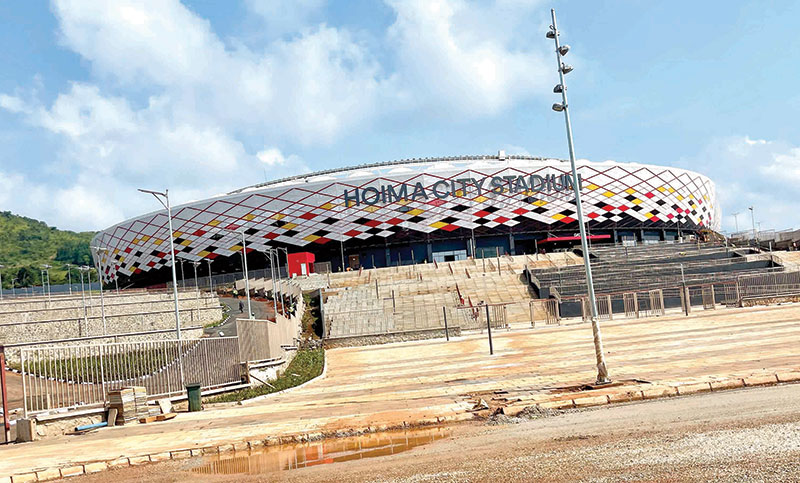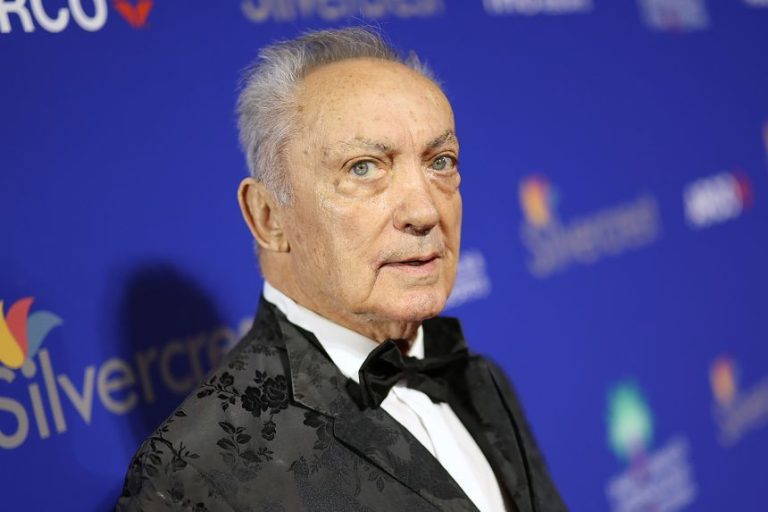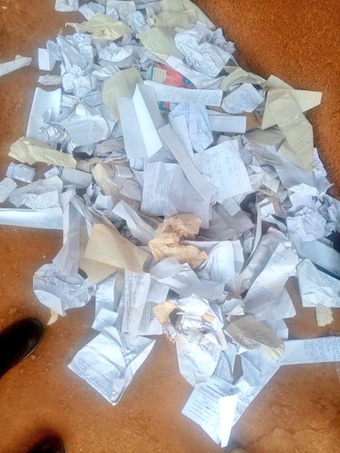
So much tends to go wrong with this country a lot of the time, one would be forgiven for being locked in cynicism, which is why a recent editors’ field trip to Hoima, Buliisa and Kikuube pleasantly surprised me.
I am not an oil and gas journalist; so, I was surprised to find myself on a list put together by Africa Centre for Media Excellence (ACME) and Petroleum Authority Uganda (PAU), among others, but thought, why not?
It turned out to be four days of learning not just about the oil being drilled in the Albertine graben, but also how to love my country again. This was truly oil and gas for beginners; I did not know much about the Tilenga project in Buliisa district, operated by TotalEnergies E&P, or the smaller operation at the Kingfisher site in Kikuube district, manned by Cnooc.
And seeing both projects up-close, two things immediately became clear: the oil story is not a myth, and when they say first oil is coming late 2026 or early 2027, believe them. The Tilenga project, expected to produce 190,000 barrels of crude oil a day, is so huge and seeing the silent rig, the 381ha of industrial park with a flurry of activity from 3,900 workers, made me feel so small in the gigantic space.

But most important to me as a tourism and wildlife lover was seeing Murchison Falls national park being restored to its original biodiversity, after finishing drilling activities there. After a long connecting drive from Hoima to the park, TotalEnergies’ biodiversity supervisor Abraham Ochola showed us a section of the park near the Tangi gate, where during exploration, multiple wells were drilled.
Where oil was successfully found, it was tagged and plugged, readied for removal through an underground pipeline. The team then removed all machinery from the sites, cleaned the land and surfaces of any spillages and contamination with close NEMA and UWA supervision, before spreading back the preserved top soil previously excavated from the sites.
At one of the sites, now back to overgrown savannah grassland, save for a small slab to show where a rig once stood, one cannot tell there was ever any oil activities there. Years of silent resentment I have felt every time I have been to that national park, lifted last week.
Ochola said they hired a consultant to study biodiversity patterns before and post-drilling, tagged animals and studied their behaviours, and are convinced the patterns have not changed. UWA gave them strict measures, which include strictly enforced speed limits in the park as well as using modern, silent rigs that do not hum or vibrate during drilling.
Even in Buliisa where a rig was up and running when we visited, there were homesteads right next door going about business as usual, because the rig has no uncomfortable noise and no gas flare-outs.
THE REFINERY
Although construction work on the 60,000-barrels-a-day refinery at Kabaale is yet to start – it is reportedly dependent on Kabalega international airport’s completion – one had to be there to understand how the “white products” will be handled from the refinery to a storage terminal in Namuwabula, Mpigi, and on to the main market to meet the current local demand of 7m litres per day.

“We will no longer be depending on imported fuels but rather, producing in-country. We are not giving it away, but using it as Ugandans,” Uganda National Oil Company (UNOC)’s Lillian Nagawa said.
The refinery will be fed by pipelines from Tilenga and Kingfisher, although the drilling projects will also feed the 1,443km East African Crude Oil Pipeline (EACOP), to transport all excess crude oil to a refinery in Tanzania.
“The Kabaale refinery has the right to first call to the oil…the rest is what will be transmitted through EACOP. That will also be processed to white products and sold to a certain market,” Nagawa said.
To mimic Finance minister Matia Kasaija’s tireless optimism, I guess I too can tell the cynics out there: ‘colleagues, the oil is coming’. Of course, PAU, UNOC, etc, cannot take every Ugandan out to the fields to see for themselves, but seeing is believing.
And like PAU’s corporate affairs manager Gloria Sebikari said during the tour, it is unfair for the West, which has for decades used natural energies to drive and develop their economies, to turn around now that many African countries are just discovering their resources, to say no to oil and gas emissions. She said what PAU is pushing for is using the resources we have responsibly and sustainably.
WOMEN AT THE TOP
Sebikari brings me to the other joy I discovered in the field: the oil and gas sector tries at gender balance and equality, and there seems to be more women in leadership compared to other sectors.
Everywhere we went, I was pleasantly surprised when another female engineer, manager, environmentalist, etc, stepped up to lead conversations. Female and Ugandan. The corporate affairs offices in all the organisations – PAU, UNOC, EACOP, Cnooc, TotalEnergies – are led by women.
Nagawa leads the engineering and technology team for the Kabaale refinery project. In the smoldering heat of the Kingfisher operations at the shores of Lake Albert, it is 32-year-old Cnooc engineer Vivian Maria Naiga that was educating the big team about how their 8km land rig works and bends at which angles, to extract oil from the lake’s bed.
When we went to see the community activities Cnooc undertakes, such as rice schemes and an impressive water pump, Joyce Kwagala was the land acquisition supervisor. At EACOP’s camp, the story is not different; many women are at the forefront of the smooth running of operations, although there are still thousands of men doing the heavy lifting in the fields.
Sebikari told The Observer: “Energy has always had women at the top, even from the Syda Bbumba days. At PAU, we are currently 30 per cent women. Women are still underrepresented, but there is deliberate effort to have equal representation.”

At EACOP as of June 2025, their regulator PAU had recorded 2,730 employees, of these, 591 females. For a sector that is not stereotypically feminine, oil and gas deserve their flowers.
HOIMA CITY STADIUM/KABALEGA AIRPORT
How can this be complete without mentioning the new landmark for Hoima city, pulled off in a matter of months – a feat unheard of in this pearl of Africa?
The contractor Summa Construction Company was commissioned in September last year, and according to project manager Murat Altun, it took them about three months to ship in what they needed from Turkey and start work in earnest.
Hardly a year later, Summa is ready to hand over the stadium at the end of this month, four months ahead of schedule. According to Altun, handing over means the stadium can now host its first match, and parliament has already asked to have a game in Hoima this December.
I asked Altun how they pulled it off in such a short time, and he said: “Experience. This is our third stadium. We have constructed even bigger stadia than this.”

The complex comes with a 2000-capacity indoor arena, high-performance athletics track, Olympic size swimming pool, outdoor courts and more – all done, or in various stages of completion. I am not a big football fan, but I would not mind going on a football date to that stadium!
It is as beautiful as it is modern, with a 20,000 capacity, swanky press, VIP, VVIP and presidential sections. It is a colourful, 130m-dollar addition to Hoima’s skyline.
“We welcome other uses for the stadium, but we cannot compromise sport; it’s going to be sport first,” Ambrose Tashobya, the chairperson, National Council of Sports, said, responding to queries whether it will not be another story of Namboole stadium, where the turf was subjected to non-sport activities that eventually ruined it.
“This is now National Council of Sports; we shall maintain it.” The only thing that underwhelmed me was Kabalega International Airport. Maybe I am holding its contractor to Summa standards, but that airport, whose construction started in 2018 has been at 98 per cent completion phase seemingly ‘forever’.
Built mainly for cargo handling due to the oil operations in the region, the small airport terminal will handle only 50 passengers at its peak – a huge lack of foresight on the planners’ part, considering the recent developments.
“When we were planning this, we did not know about [Afcon 2027]; so, we will leave that to the ministry,” Amos Muriisa, the public relations officer for SBC Uganda Ltd, said as we admired the 3.5km runway and little else to see. And that is how Bunyoro reactivated my red, yellow and black groove for God and country.
caronakazibwe@gmail.com



